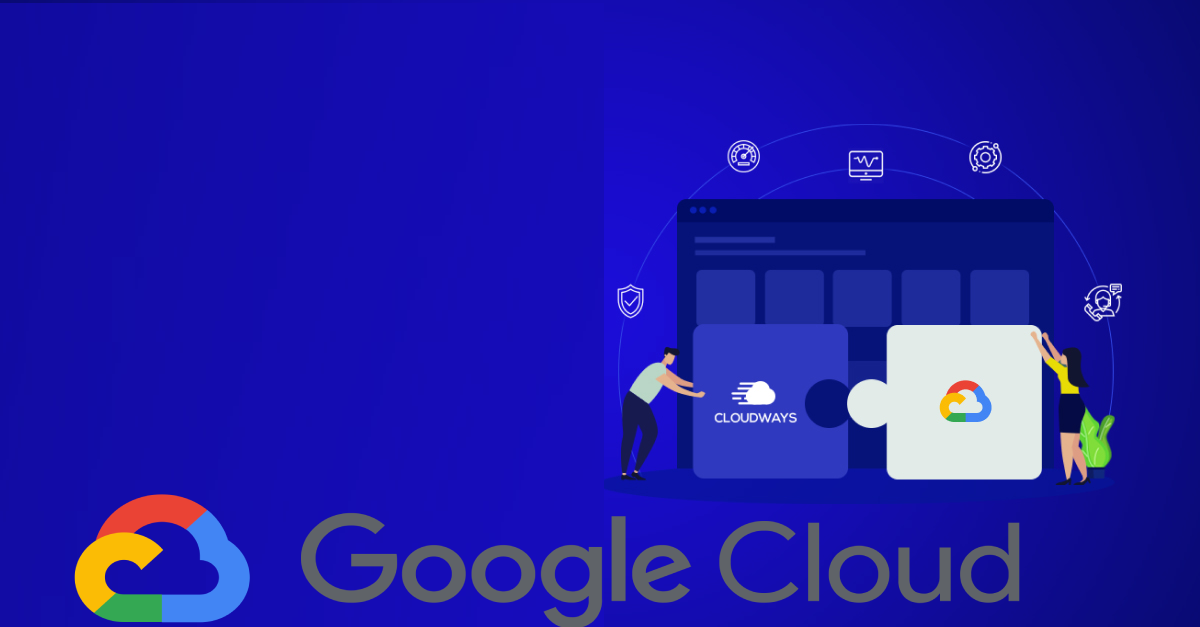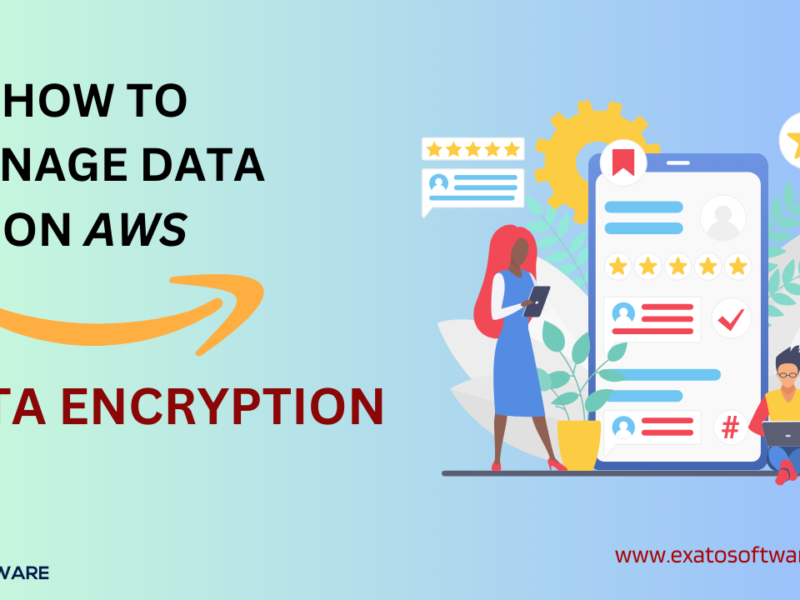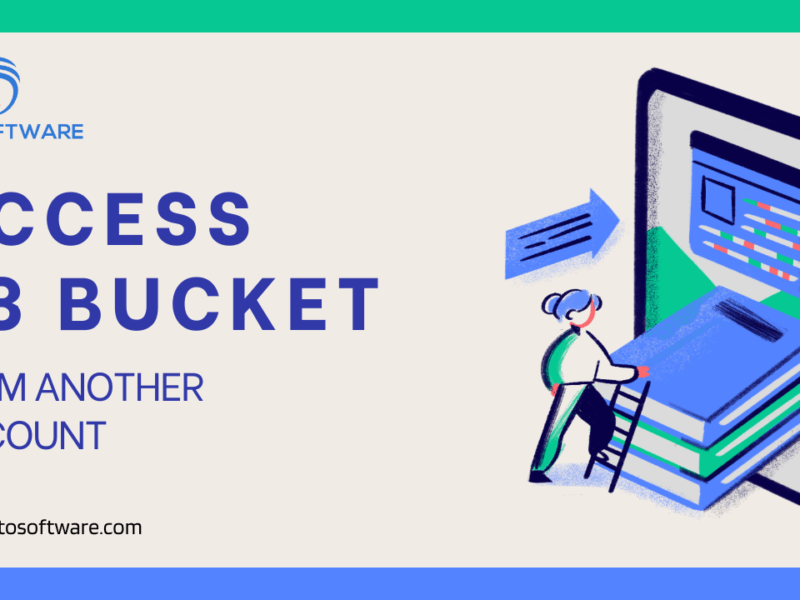At the purpose when you run a website, an application, or assistance on Google Cloud Platform, Google monitors all of the resources it utilizes – explicitly, what proportion of processing power, data storage, data set inquiries, and therefore the network it needs. Maybe than renting a server or a DNS address continuously (which is how you’d manage a conventional website supplier), you buy every one of these resources on every moment or even per-second premise, with limits that apply when your services are utilized intensely by your users online.
According to the point of view of corporate parent Alphabet, GCP may be a different specialty unit, tending to the business need for undertakings and, now and again, people to deploy software that’s usable by means of Web browsers or through Web applications. GCP leases software, alongside the resources expected to assist that product and the instruments with which such software is created, on a pay-more only as costs arise premise.
What is Google Cloud’s Platform Value proposition?
Stats from marketing research firm Statista for the final quarter of 2020 show Google Cloud’s part of overall cloud-related income, among the eight driving cloud Technology organizations, to be stuck at around 9%. Very nearly fivefold the amount of platform and infrastructure accounts are dealt with by Amazon AWS and Microsoft Azure Cloud Solutions joined. If you review the long-standing rental vehicle market battle between Hertz and “We Try Harder” Avis, Google Cloud has the Budget Rent-a-Car remembrance seat within the cloud market.
Read More : Why Cloud Computing is the Answer to Your Big Data Initiatives
Fundamental Google Cloud services
Here are the chief services that GCP offers its users:
Google Compute Engine
Compute Engine (GCE) is the fundamental assistance Google offers that rivals the essential head service that Amazon offers: facilitating virtual machines. In server farms, workloads (applications and services) will generally be run on software-based platforms that might be moved from physical machine to physical machine. Truth be told, beyond what one among these VMs can be facilitated by a physical server, further developing productivity. The VM idea was made to empower compactness inside the server farm; cloud services, for instance, GCE take that equivalent arrangement, append a self-provisioning deployment system thereto, and charge users for the resources these VMs use.
Google Cloud Storage
GCP’s Cloud Storage (GCS) is an object storage system, or, in other words, its files continue with both the character and the design of any class of data given to it. Not in the least like an ordinary storage volume’s file system, where each file or archive is delivered as a series of digits whose area is enlisted during a document assignment table, object storage may be a universally handy square that is rented to customers like space in a recreation centre and-lock. It may store grids for AI models, entire coordinated databases, or rudimentary video transmissions.
Nearline
Nearline may be a way of using Google Cloud Storage for backup and filed data – the sort you wouldn’t consider a “data set” essentially. Data put away here is predicted to be gotten to no more regularly than one time each month, by one client. Google refers to this approach as “cold storage” and has modified its pricing strategy to enable Nearline to be more cost-effective for low-usage applications like system backups.
Google Cloud workload deployment services
In spite of the very fact that GCP offers virtual machine cases as table stakes for the Cloud Computing Solution market, this is not physically where Google has selected to contend. Because of the forebear of Kubernetes, GCP focuses the greater part of its endeavors on furnishing undertakings with the method for conveying and operating containerized workloads.
Read Also: How the Digital Revolution is Being Driven by Cloud Migration and Digital Transformation
Google Kubernetes Engine
A container (physically brought in certain circles a “Docker container,” after the organization that made it well known) may be a more modern, adaptable, versatile sort of virtualization. Instead of re-making a physical server, it embodies simply the resources an application must run, then, at that time, has that application on the server’s native OS. Give some thought to the distinction between a container and a virtual machine as practically equivalent to that between a solitary light and a battery-driven electric lamp.
GCP’s completely overseen, facilitated organizing climate for containerized applications is presently commonly referred to as Google Kubernetes Engine (GKE, having initially been launched as Google Container Engine). A container is meant to be executed on any system or server with the basic infrastructure needed to help it. A Linux container physically needs Linux, and a Windows container needs Windows, yet alongside that differentiation, a container is extremely convenient. Insofar as an association’s engineers can create applications as complete, compact, independent units, GKE is meant to convey and run them.
The immense contrast here – what makes container engines quite a lot more fascinating than VM has – is that the client isn’t buying occasions.
An assistance network makes Container-based services accessible and available for use. GKE suggests an open-source service network called site. It is an intriguing kind of “telephone directory” for the present day. Adaptable applications contain individual parts called microservices. A customary, adjacent application knows where each of its capacities are. A microservices-based application needs education for looking into that capacity and giving a functioning network address thereto. Istio was first created as a help network by an open-source group made up of Google, IBM, and the ride-hailing service Lyft.
Read Also: How a Cloud Integration Platform Can Help Your Business
Google App Engine
You know the expression “cloud-native development,”. It means to plan, try and convey an application to run on a public Google cloud platform. Google App Engine (GAE) is GCP’s service for empowering designers to construct applications remotely, using the language of their decision (in spite of the very fact that Google will in general push Python).
As it were, GAE is another method of conveying Container Engines, besides the container being made on an identical platform where it will be sent. GAE supplies the translators without a flash to spare compilers expected to run significant tier projects written in Python, Ruby, Node.js (server-side JavaScript), and other notable dialects. These runtime parts are precisely the same language engine a designer would use in building a container. So it’s completely conceivable that a client could construct an application in App Engine using a runtime that Google doesn’t supply.
Cloud Run
This smoothed-out deployment platform for containerized applications, named after the old “RUN” order on early microcomputers, addresses Google’s work to drive purported serverless improvement through computerization. It gives associations that form their own containerized applications (worked for Kubernetes arrangement) to convey them to GCP without pre-designing their virtual servers first. The platform decides the inspiration resources the application will require, by analyzing its show. Generally, it is a Dockerfile an XML file, that details the formation of the container and the way to unload it.
GCP workforce presents Cloud Run as a totally overseen service, which suggests its IT management and repair are by and by taken care of by the GCP workforce. Therefore, Google’s estimating model for Cloud Run is its own monster, as are going to be clarified later.
ANTHOS
As Google’s first multi-cloud deployment platform, Anthos not just covers a mixture cloud (which fuses users’ IT resources on-premises) yet additionally AWS-based (with Azure Cloud Solutions as yet approaching), all managed all things considered under the protection of GCP. The thought is to empower the cloud computing solution that numerous undertaking users are requesting, where they will single out capacity systems, VM occurrence hosts, and therefore the container on a market-driven premise while keeping up with control of the passage.
The reason is that it is necessary to convey Kubernetes bunches. Anthos empowers an application that joins numerous bunches to separate gatherings of those groups between Google cloud platforms. For the nonce, public cloud-put-together groups could be conveyed with respect to one or the other or both Google Cloud Platform and AWS, with no additional charge for employing a part of each. Users may then empower their own on-premises servers to possess bits of Anthos-based applications, for hourly or month-to-month charges. On-premises Anthos groups are either in uncovered metal (essential, off-the-rack servers) or consolidated into their current VMware conditions.
Read Also: 7 Reasons to Choose AWS as Your Cloud Platform
Hitherto, associations use Anthos with exceptionally conveyed IT necessities. For example, their own ATMs or stands, which likewise work their own branches). These users may need to run applications as near the client as expected. Without continually counting on open cloud deployments any place they can stay away from it, to save lots of costs.

Google Cloud data set services
Bigquery
Google engineers wish to say that their authority term for “big data” is “data.” Google Cloud Platform’s apparatus for applying relational data sets bits of data to huge amounts of data in BigQuery. Like Kubernetes, Google made BigQuery for its own motivations. explicitly, to perform drill-down questions on its Gmail data stores. This instrument is designated “Dermal,”. But for clear reasons, it is still not in use industrially.
For its question model, BigQuery utilizes standard ANSI SQL, the language regularly utilized in relational databases. A typical electronic database stores its data in tables, partitioned into files. Components of knowledge identified with each other are together in a uniform tier. Or these are away so that their recovery causes it to create the impression that way. That model is sensibly proficient yet dials back dramatically as data volumes fill in size straight.
In Google Cloud Platform BigQuery takes this storage model and uses it as ears. It utilizes a columnar, non-relational storage model, which you’ll believe is harder to decipher when it comes time to allot relations. It with great care happens, that the capacity system may be a lot simpler to pack, which thus becomes simpler to list, consequently diminishing the overall time an inquiry needs for an enormous volume of data.
Cloud Bigtable
BigTable is previous name of Cloud BigTable. Cloud Bigtable may be a profoundly circulated data system that sorts out related data into a multi-dimensional gathering of key/esteem sets, in sight of the enormous scope storage system Google made for its own utilization in putting away pursuit files. Such a gathering is easier for investigation applications to oversee than an extremely huge list for a giant relational database with numerous tables whose files would need to be joined at inquiry time.
Cost of facilitating application on google cloud:
Under commonest conditions, the expense of cloud-based services is generously not the maximum amount as the cost of purchasing the equipment, software, and skill to duplicate the help yourself. An ever-increasing number of organizations are counting on this huge expense distinction to help their IT system deployment choices.
Organizations brooding about Google Cloud Platform (GCP) for their necessary cloud services can gauge the month-to-month cost of those services using the Google Cloud Pricing Calculator. By entering the subtleties of required virtual machine cases, storage needs, applications, and extraordinary services, organizations can compute the approximate general time frame cost for GCP. Data is indispensable to the leaders in your business.
Read Also: How to Estimate the Cost of Cloud Migration? Factors to Be Taken into Account
Ascertain the expense of Google Cloud Platform services
The main factor to remember when using the Google Cloud Pricing Calculator is to know precisely what cloud benefits your business will deploy. Before starting to enter subtleties into the mini-computer, you must have a clear plan for what virtual machines are needed. The requirement like details and and type of applications?. Then forth Not having those subtleties could lead you off track as you work through what can be a confusing calculation.



